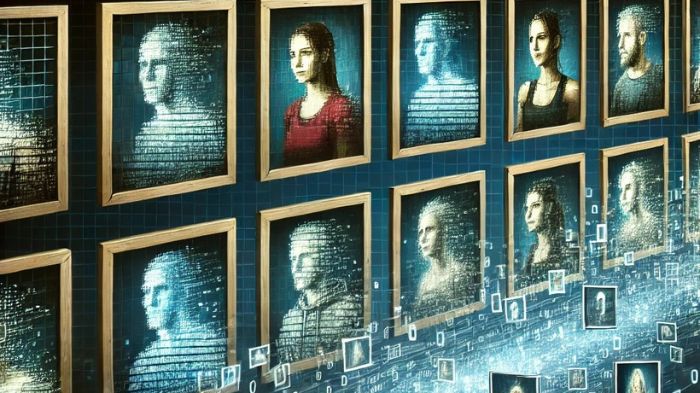How does FaceID recognize images?
Overview
This lesson introduces high school students to facial recognition and machine learning in statistics. Students will explore how images serve as quantitative data and learn about facial recognition through image comparison, similarity, and error thresholds.
- AI & Math
- 60 minutes

Digital Materials
Objectives
After this experience, students will be able to
- Describe the data used in facial recognition mathematically.
- Describe multiple ways that image data can be compared, and the affordances/limitations of their methods.
- Explain the role of statistical error in facial recognition.
Questions explored
- How can we compare two faces using numbers?
- How do machines consider the question, “Are these two pictures of the same person?” differently from humans?
- Which method, pixel brightness or face distances, is more reliable and why?
- Why do misclassifications occur, even with “good” models? What are some consequences of misclassified images?
Key Terms
Machine Learning
- When computers learn and get better at a task by using data instead of being programmed with explicit rules on how to do that task.
Model
- A mathematical framework that can be used in AI to make predictions or decisions. Models are often trained with large amounts of data